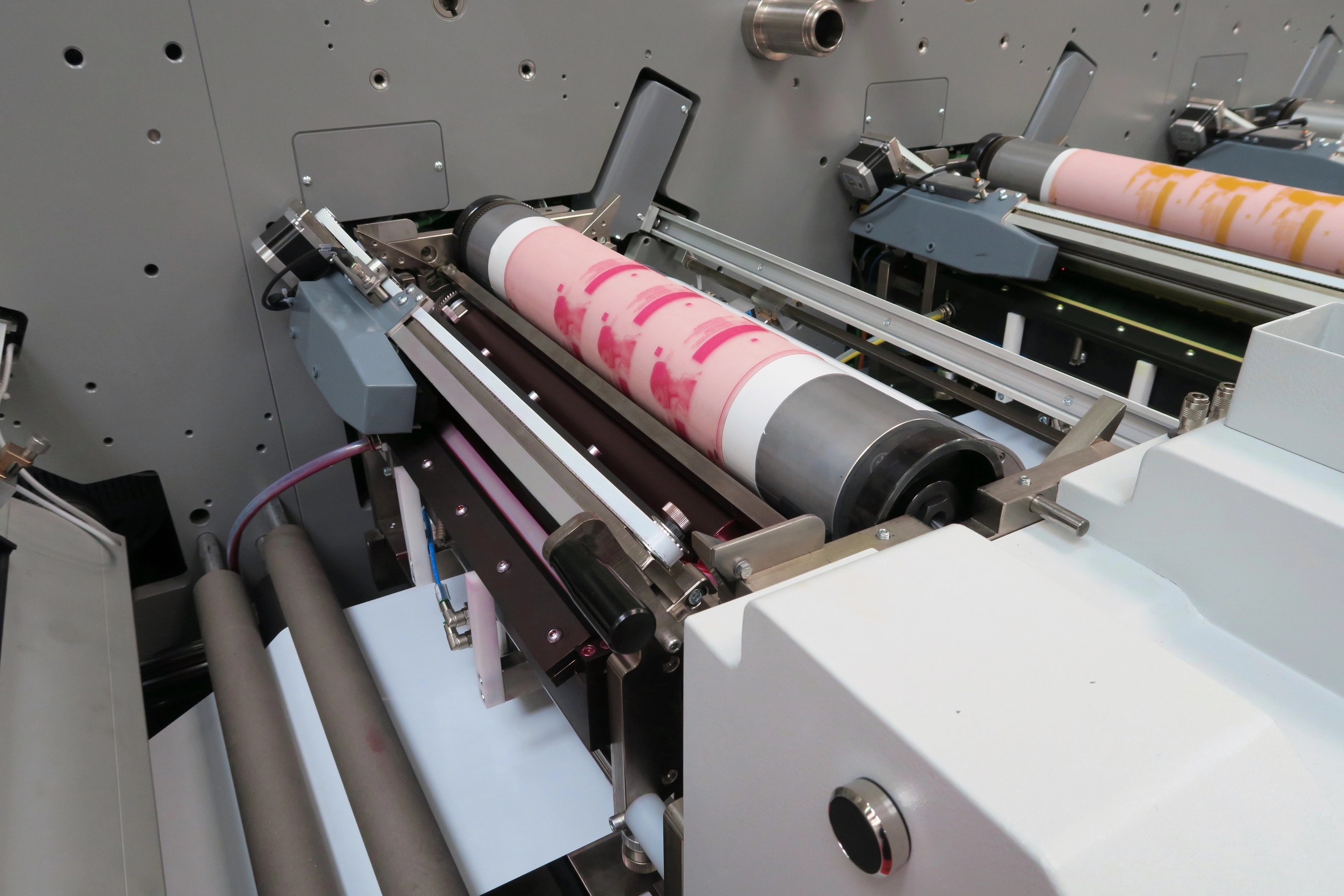Mundet 101
Why Choose Gravure Printing Over Flexo Printing for Packaging Needs
This article explores the key reasons to choose gravure printing over flexo printing, with a direct comparison of their strengths and weaknesses.

When deciding on the best printing method for your packaging needs, gravure and flexo printing often emerge as the top contenders. While both methods have their merits, gravure printing provides distinct advantages that make it the superior choice for many applications.
This article explores the key reasons to choose gravure printing over flexo printing, with a direct comparison of their strengths and weaknesses.
Why Choose Gravure Printing
Superior Print Quality
Gravure printing is renowned for its ability to produce extremely high-quality images with fine detail, rich colors, and consistent reproduction. This is achieved through the use of etched cylinders, which allow for precise ink transfer and exceptional resolution. These qualities make gravure printing ideal for projects requiring sharp, intricate designs or photographic-quality images, such as luxury goods packaging or high-end branding.
In contrast, flexo printing uses flexible plates, which can sometimes result in less precise reproduction, particularly for intricate designs. While flexo is suitable for more general applications, it struggles to match the precision and detail offered by gravure printing.
Consistent Color Reproduction
One of gravure printing’s key advantages is its ability to deliver consistent color reproduction, even across long print runs. This consistency ensures that every piece in a production run has vibrant, accurate colors and excellent tonal range.
Flexo printing, on the other hand, may experience slight color variations during long runs, especially when printing on non-porous or challenging substrates. This makes gravure the preferred option for packaging projects where color accuracy is critical.
Best for Long Print Runs
Gravure printing excels in long production runs, thanks to the durability of its engraved cylinders. These cylinders can handle high volumes with minimal degradation, ensuring consistent quality from start to finish. This durability makes gravure particularly cost-effective for large-scale projects, such as food packaging or consumer goods.
Flexo printing, while versatile, is more prone to wear and tear due to the use of softer plates, which may degrade over long runs. As a result, flexo is better suited for shorter production runs.
Wide Range of Substrates
Gravure printing is highly versatile and can print on a variety of substrates, including non-porous surfaces like plastics, foils, and films. This versatility makes it ideal for flexible packaging applications, such as pouches, bags, and wraps.
Flexo printing is also versatile but may encounter challenges with thick or non-absorbent materials. For projects involving unique or challenging substrates, gravure printing is often the better choice.
Faster Drying Time
Gravure printing uses liquid inks, which dry faster than the water-based inks commonly used in flexo printing. This faster drying time minimizes smudging and increases production efficiency, making gravure ideal for high-speed operations and tight deadlines.
Flexo printing’s water-based inks generally take longer to dry, which can slow down production and increase the risk of smudging in some cases.
Longer-lasting Plates
Gravure’s engraved cylinders are more durable than the plates used in flexo printing. These cylinders can withstand extensive use without losing their ability to produce high-quality prints. This durability reduces the need for frequent plate replacements, further enhancing cost-efficiency for long runs.
In comparison, flexo plates are less durable and may require replacement during longer runs, which can increase production costs and downtime.
Reduced Waste
Gravure printing’s precision ensures optimal ink transfer, reducing waste during production. This efficiency makes gravure a more environmentally friendly and cost-effective option for large print runs.
Flexo printing, while efficient in its own right, may require more ink to achieve the same level of print density, leading to higher waste levels in certain cases.
When to Consider Flexo Printing
While gravure printing offers numerous advantages, there are situations where flexo printing might be the better choice. For shorter runs or projects requiring quick turnaround times, flexo’s lower setup costs and faster preparation make it a viable option. Additionally, flexo is well-suited for printing on absorbent substrates like paper and cardboard.
Conclusion
Gravure printing stands out as the preferred choice for packaging projects that demand superior print quality, color consistency, and efficiency over long runs. Its ability to handle a wide range of substrates, coupled with faster drying times and longer-lasting plates, makes it particularly advantageous for high-end and large-scale applications. However, for shorter runs or jobs with tight budgets, flexo printing remains a strong alternative.
By understanding the unique strengths of each method, you can make an informed decision that aligns with your specific needs and priorities.
Your Printing Solution
Schedule a discovery call with mundet today
Discover how we can partner together to make your brand shine.